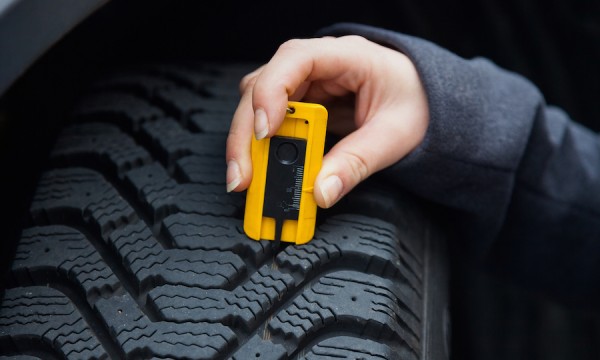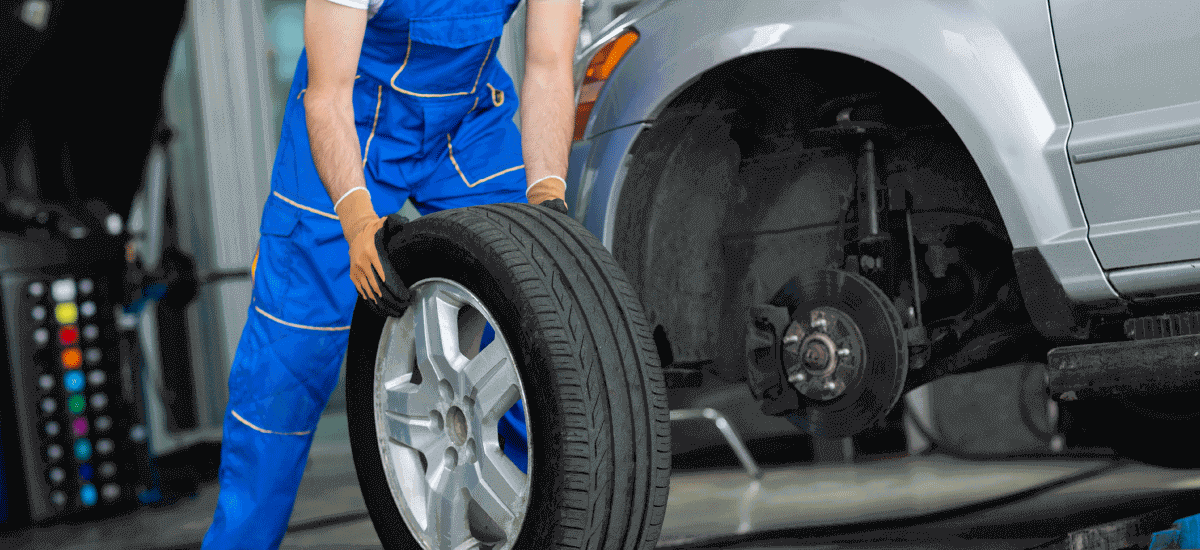
Overview
Determining the right moment to change tires is crucial for safety and performance. Tires naturally wear down over time, affecting grip and handling. This guide explores various factors that indicate when a tire replacement is needed.
Wear Patterns
Examine your tires for uneven wear patterns. Uneven wear may suggest misalignment or other underlying issues. Regularly checking the tread ensures that tires continue to perform optimally.
Tread Depth Check
Measure the tread depth with a simple tool or a coin. When the tread reaches a minimum depth, it is time for replacement. Consistent monitoring protects against skidding and hydroplaning in wet conditions.
Driving Conditions
Consider your driving environment. Frequent trips on rough or unpaved roads accelerate tire wear. Adjusting driving habits can help extend tire life, but eventually, replacement becomes necessary.
Seasonal Changes
Seasonal weather can affect tire performance. Extreme temperatures and wet conditions may require tires designed for specific climates. Regular inspections each season keep safety in focus.
Performance Signs
A loss of traction or increased road noise can be early signs of tire wear. These symptoms call for a thorough check-up and possible replacement. Maintaining optimal tire performance is essential for responsive handling.
Maintenance Routine
Rotate and balance your tires regularly. This routine maintenance promotes even wear across all tires. Following the recommended schedule can delay the need for early replacement.

Inflation Monitoring
Keep an eye on tire pressure. Incorrect pressure accelerates wear and reduces performance. Ensuring proper inflation improves overall driving safety and prolongs tire life.
Visual Inspection
Look for visible signs of damage such as cuts or bulges. These signs indicate that the tire’s structure may be compromised. Regular visual checks help identify potential hazards before they become serious.
Mileage Consideration
Tire manufacturers typically provide guidelines based on mileage. Adhering to these recommendations ensures that your tires perform as expected throughout their life cycle. Tracking mileage is part of responsible car care.
Closing Thoughts
Proper tire care is a blend of regular maintenance and attention to performance signals. By monitoring tread depth, wear patterns, and driving conditions, you can determine the right moment for a tire change. This approach maximizes safety and prolongs the tire’s functional life.